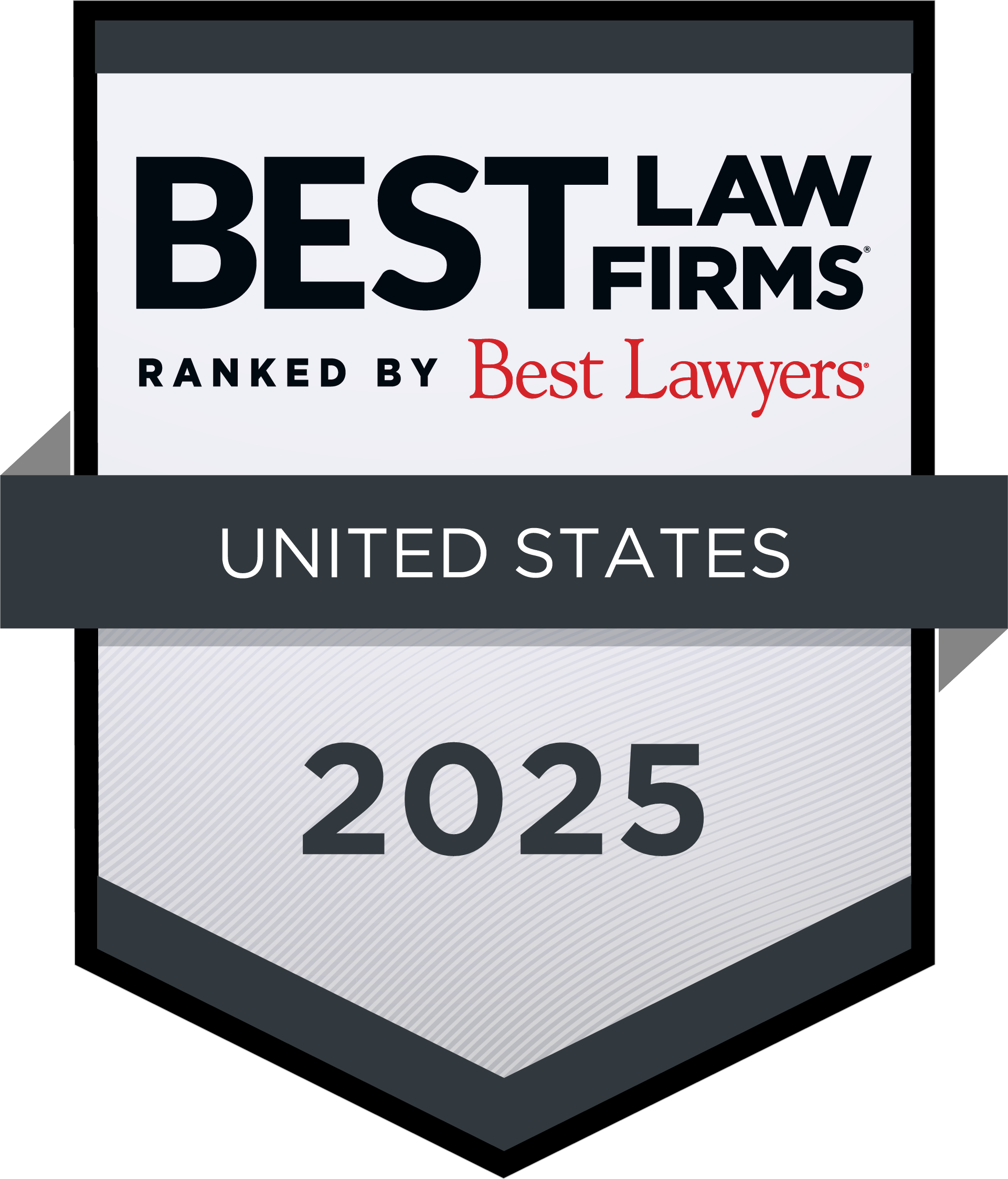July 17, 2013:The Assembly Committee on Natural Resources and Sporting Heritage will hold an executive session on Assembly Bill 75 relating to the applicability of a county shoreland ordinance area annexed by, or incorporated as, a city or village. A similar bill (SB 183) has been passed by the Senate Committee on Economic Development and Local Government and is available for scheduling.
Petroleum tank clean-up fund program (PECFA): PECFA has moved from the Department of Safety and Professional Services to the Remediation and Redevelopment bureau in the Department of Natural Resources. The program reimburses petroleum tank owners for a portion of the costs associated with discharges from petroleum or home heating oil storage systems. DSPS was responsible for the low and medium risk sites while DNR managed the high risk sites. The storage tank regulatory program and the statewide tank registry database are moving to the Department of Agriculture, Trade and Consumer Protection.
What to look for in coming weeks:
July 22, 2013: The DNR is accepting comments on the Draft Guidance on Maximum Achievable Control Technology extension requests. The guidance was developed in response to federal Mercury Air Toxics Standards (MATS) and Industrial, Commercial, and Institutional (ICI) Boiler MACT rules. However, the guidance is generally applicable to any request for expanding an initial MACT compliance date. The Department has the legal authority to grant or deny one-year compliance extensions in accordance with s. NR 460.05, Wis. Adm. Code.
August 7 – August 22, 2013: The DNR will hold a number of public hearings on the proposed revisions to ch. NR 115 relating to the shoreland zoning standards. The proposed revisions would clarify and modify certain sections of the code including the impervious surface standards, the nonconforming structure standard, vegetative management standards and administrative reporting requirements. One major proposed change is that the revisions would be that the impervious surface standard to only riparian lots or non-riparian lots that are entirely within 300 feet of the ordinary high mark and allows for property owners to exceed the maximum impervious standards if the property owner can show that the runoff from the impervious surface standards if the property owner can show that the runoff from the impervious surfaces is not draining toward a lake or river or is being treated by an engineered system. The proposed rule would also allow for counties to adopt an ordinance that allows a higher percentage of impervious surfaces for areas of already highly developed shorelines. Properties in the areas of highly developed shorelines would be able to expand the imperious surfaces on their lots, up to 30% for residential and 40% for commercial, industrial or business land uses, without a shoreland zoning permit. The proposed rule would allow property owners with nonconforming structures to relocate or reconstruct the structure if the property owner completes a shoreland mitigation project and the property owners are allowed unlimited maintenance and repair and the scope of the repair is defined by the county ordinance.



